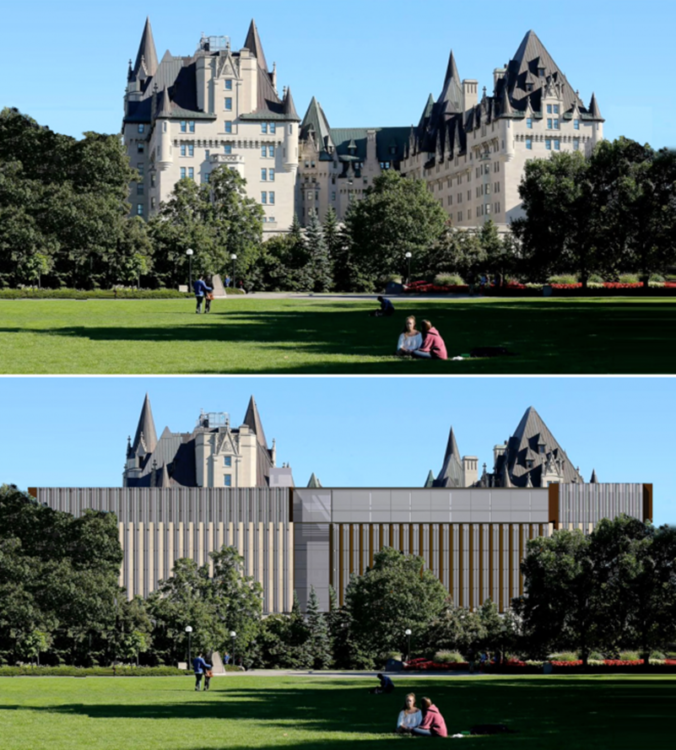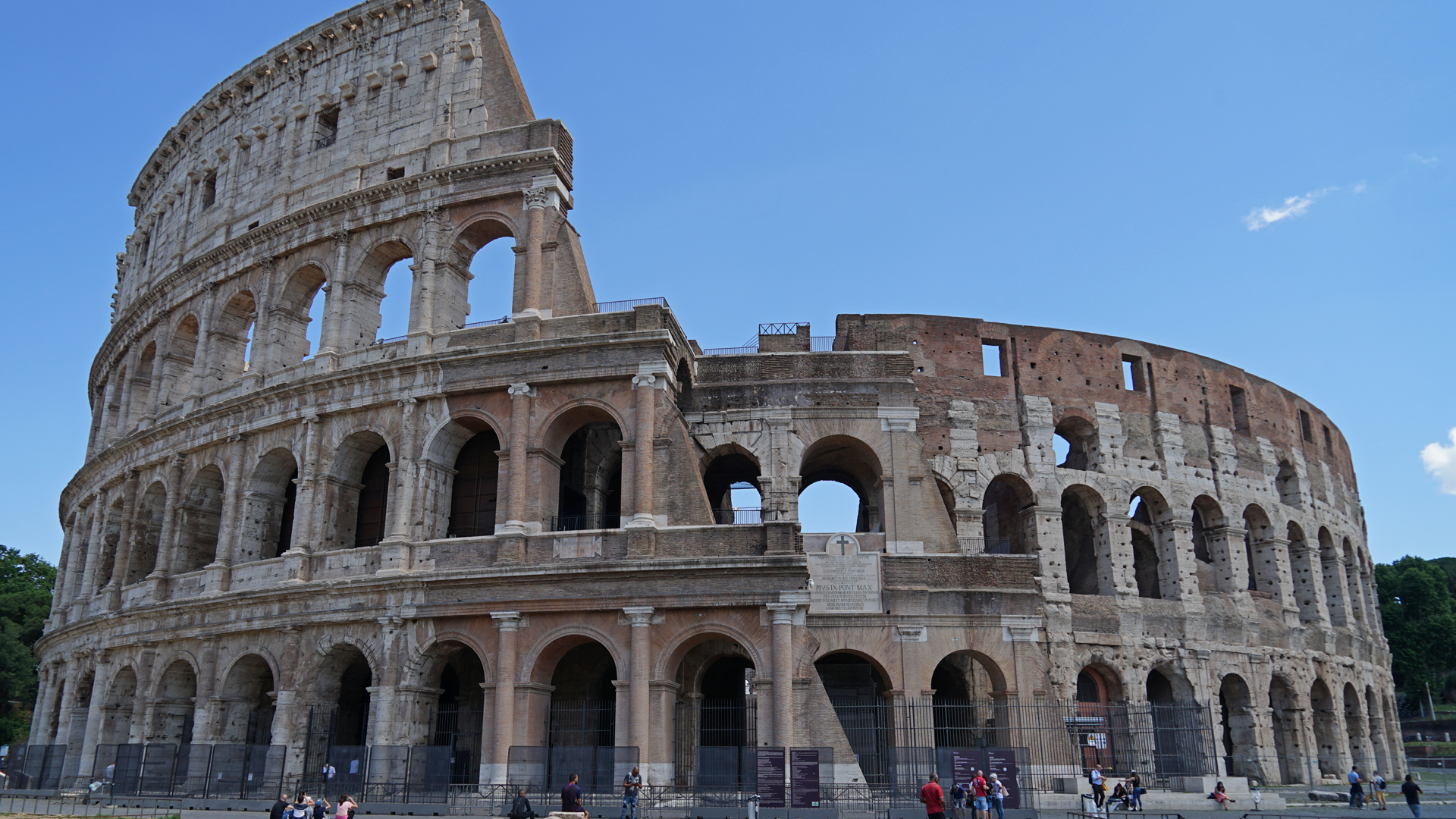
The Emperor Majorian ruled Rome from 457 to 461 AD, during the dark days of decadence and decline.
The empire was crumbling – literally.
As Rome depopulated, the Circus Maximus (where ancient Romans played the ponies) and other public buildings fell victim to a particular type of redevelopment driven not by land use, but by demand for building materials.
The issue was feckless public officials who were issuing easy permits to dismantle and cart away the cut stone and brick all under the routine pretext of “efficiency” and “economics.” As Edward Gibbon details: “The degenerate Romans, who converted the spoil to their own emolument, demolished, with sacrilegious hands, the labours of their ancestors.”
In 458 in order to protect major buildings from the harvesting of cheap quarry materials for new projects, Majorian enacted the world’s first built-heritage protection law: “Novella Maioriani 4, De aedificiis pubblicis.”
It’s the main reason we can still enjoy Roman architecture today. Imagine a McDonald’s-Italia-anchored strip mall where the Pantheon still stands today – attracting six million visitors a year.
The law stated: “Those things which belong to the splendor of the cities ought to be preserved by civic affection, even under the necessity of repair.”
Penalties for destroying ancient public buildings were stiff. Officials who had permitted their destruction were fined 50 pounds of gold, while subordinates were whipped and had both hands amputated.
Some modern day built-heritage activists might regard the Roman penalties as too lenient.
With Novella Maioriani 4, Majorian became the grandfather of built-heritage protection. But the missing element in Majorian’s law was the flipside of the protection coin: What do you do with an empty Colosseum without gladiators and lions?
To this day, one hears the same misconceived arguments that confronted Majorian – that heritage legislation does nothing but impede “efficiency” and “economics.” Nonetheless, over the intervening centuries, many advanced nations followed Majorian’s vision with two-pronged and effective laws addressing both protection and reuse, but not Canada.
In 1972, UNESCO brought forward a treaty called the World Heritage Convention, committing not only to “protection,” but also to giving “heritage a function in the life of the community” (specifically referencing “financial measures” for “rehabilitation”). It’s the world’s ultimate shopping list for heritage legislation.
Canada signed that treaty in 1976, but 45 years later, inexplicably, we remain the only G7 member whose national statute neither protects the structures nor supports their reuse. The main differences between heritage legislation in Canada and other G7 members are in the public sector’s equivocation on protection, and the absence of any statutory vision for that reuse. Canada has occasional policy, but no effective statute.
In other words, unlike its protective counterparts in other countries, a national historic site designation under the federal Historic Sites and Monuments Act confers no protection. It merely “commemorates.” Provincial legislation – such as the Ontario Heritage Act, informed by Parks Canada’s Standards and Guidelines for the Conservation of Historic Places in Canada – in turn devolves most responsibility to municipalities.
Shortcomings were demonstrated all too clearly during the battle to protect Ottawa’s landmark Château Laurier Hotel – a national historic site, also designated under the Ontario Heritage Act, and abutting the Rideau Canal (a UNESCO world heritage site). Despite protracted efforts by advocacy groups, a neo-modernist addition was ultimately approved by municipal council.
The Château Laurier experience underscores how tepid and hesitant the public sector’s policy framework really is, let alone its commitment.

Granted, federal jurisdiction over private property is constitutionally circumscribed, but that doesn’t explain the further statutory gap for federal properties themselves. Decades ago, the U.S. enacted legislation, which, among other things, empowered citizens to challenge federal projects (and seek injunctions) if heritage properties were endangered. Although Canada announced an internal policy to respect heritage properties, there was no equivalent statute, let alone rights of citizen intervention.
In contrast, other countries see value in appreciating their heritage through the frozen music of great architecture.
For example, in the U.K., umbrella protection is provided under the Town and Country Planning Act. The historic environment is further managed via the Planning (Listed Buildings and Conservation Areas) Act 1990, the National Planning Policy Framework and other legislation. As for reuse, there is a sizeable list of U.K. tax measures to support these properties.
The U.S. is even more explicit. The National Park Service publishes a guide for no less than 28 such laws to preserve cultural heritage plus various preservation standards and guidelines. The flagship is the Historic Preservation Act, “for the preservation of historic American sites, buildings, objects, and antiquities of national significance, and for other purposes.”
There are also vital measures supporting reuse through tax policy and government leasing. The U.S. offers a 20 per cent federal income tax credit for rehabilitation of income properties certified as historic.
For good measure, in 1976 Congress adopted the Public Buildings Cooperative Use Act, insisting that heritage properties have first crack at federal leases and reuse.
Canada, in stark contrast, actually incentivizes destruction of built-heritage assets through a tax system biased toward demolition, and a government leasing policy that largely disqualifies heritage buildings on the theory that they are awkward to lay out in cubicles for bureaucrats.
Although there have been persistent calls (since at least 1974) for tax measures to support built-heritage reuse (including calls by parliamentary committees in both 2017 and 2021), they have not resulted in legislative reform.
Indeed, tax officials have long professed horror at the notion that entrepreneurs might take an older building, and fix it up until it was competitive with new construction (notably with the assistance of any such tax measures). According to a Canadian Home Builders’ Association magazine, published in March 2006, tax officials said it would be egregiously unfair to the new construction industry.
This view is not however shared by the industry or the Canadian public. Canadian consumers appear to be far ahead of government experts, and to have intuitively agreed upon the vital importance of reuse of the overall building stock. Generally, the fixup of existing buildings now contributes over $120 billion annually to GDP, far in excess of new construction. Canadians spend $1.47 fixing up existing dwellings for every $1 spent building new ones. Building permits for home improvement projects in Ontario alone jumped by 15 per cent during 2020.
In 2019, Prime Minister Justin Trudeau assigned two cabinet ministers to develop a new federal statute for “federally owned heritage places,” but it is unclear whether it will follow the legislative model for nationally-owned heritage structures in other countries like the United States.
It is long past time that government modernize policy to align with public and industry thinking (not to mention the letter and spirit of the heritage treaty it signed), and adopt legislation and measures to make that happen. Levelling the playing field, at the very minimum, would be a good start.
Sustainability cannot remain simply political rhetoric indefinitely. Current policy is – well – unsustainable.
On the day that rhetoric meets reality, in the form of meaningful heritage legislation, Majorian’s legacy will have finally reached Canada.
Majorian can be proud then, even if it is 1,500 years late.










